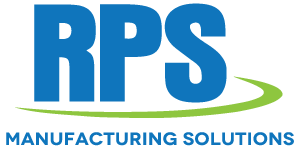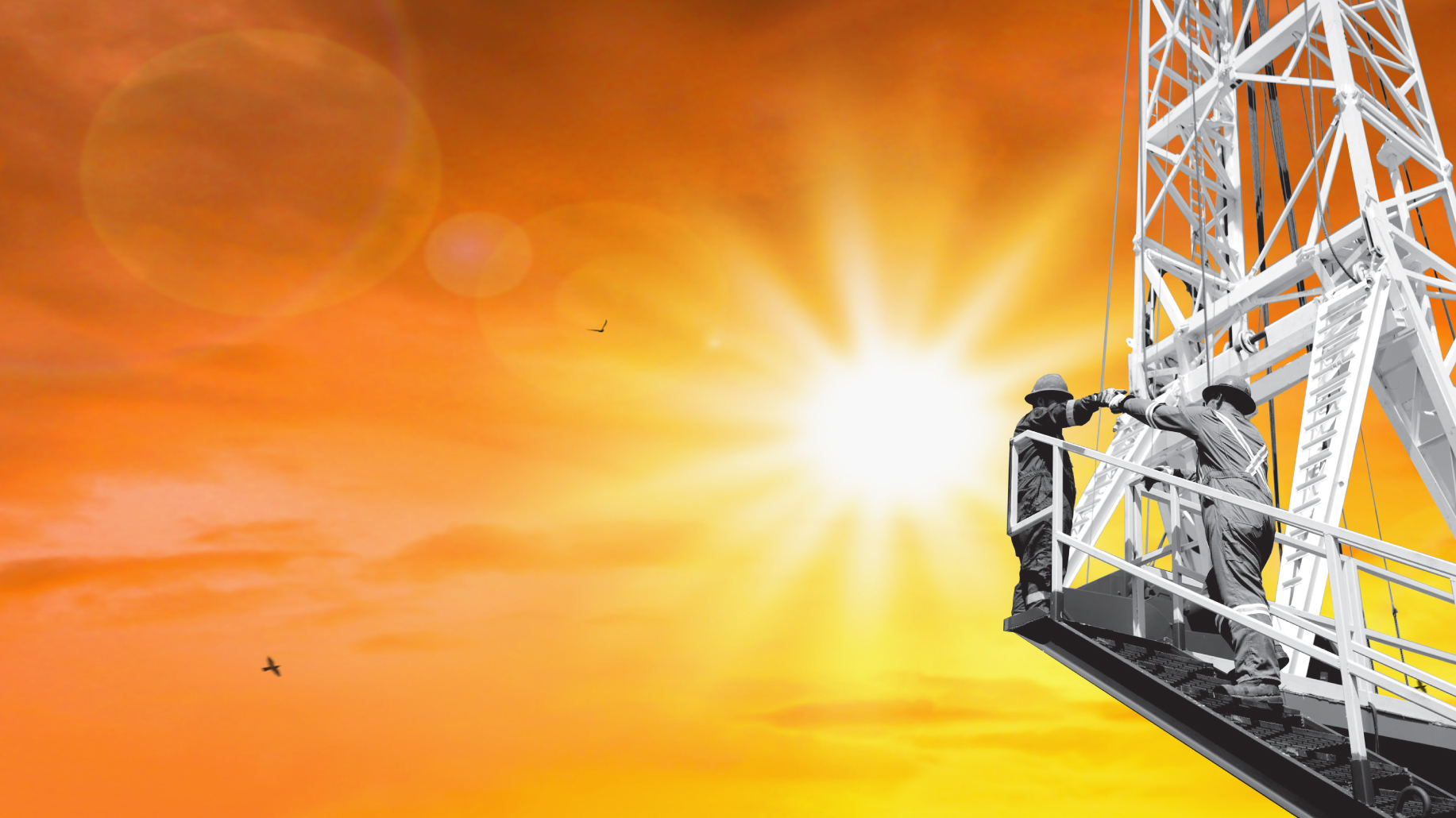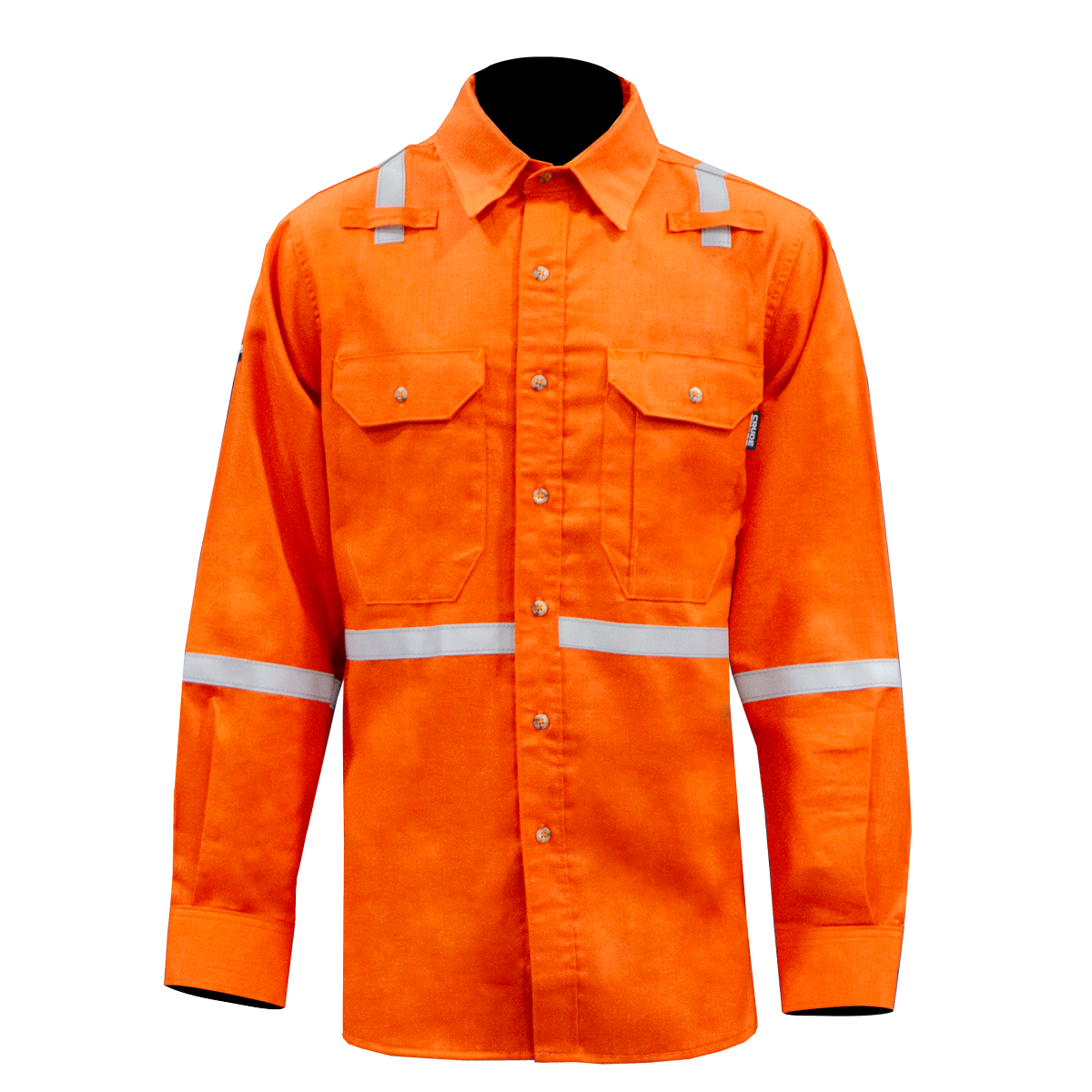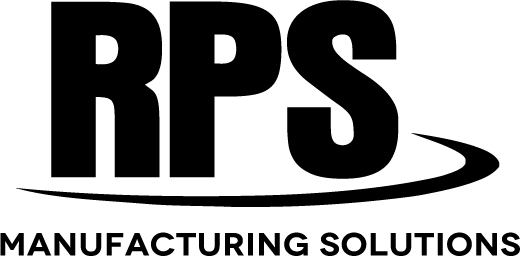How to Combat Heat Stress
Heat Stress is a threat to health and safety in any industry where outdoor work is common and in many indoor environments as well. The nature of the work we do in the energy industry makes it impossible to eliminate or isolate extreme temperatures in most instances. That means that administrative controls and personal protective equipment (PPE) are keys to our heat stress management plans.
How can we combat heat stress injuries and illnesses in the energy industry? The first step is to educate ourselves on the size and scope of the problem and the signs and symptoms of heat stress. From there, it is important to consider how the unique working conditions of the oil & gas industry make workers particularly susceptible to heat exposure incidents. Only then can we begin to identify ways to combat the problem.
If you’ve ever done a 12-hour tour on a drilling floor on an August day, then you know how hard it can be to balance doing your job and taking the necessary steps to prevent heat stress. Things move quickly in our industry and the opportunities to take breaks can be few and far between. If your PPE isn’t right for the environment, it can be like fighting with one hand tied behind your back!
Heat Stress in the Workplace
According to OSHA, there were 3,120 nonfatal injuries and illnesses in 2018 caused by exposure to environmental heat. The safety pyramid tells us that there are almost 30 minor incidents and 300 near misses for every reportable incident. That means over 93,000 minor incidents related to heat stress and nearly one million near misses in a single year. The Natural Resources and Mining sector, which includes the oil & gas industry, has an incident rate of 1.2 for incidents caused by exposure to environmental heat.
The first step in preventing heat stress injuries and illnesses on your location or in your facility is to learn how to recognize the signs and symptoms of heat stress:
Signs & Symptoms of Heat Stress
Heat Rash
The least serious of the heat-related illnesses is heat rash. Its symptoms include clusters of red pimples or small blisters that typically occur on the neck, upper chest, groin, under the breasts, or in elbow creases. To treat heat rash, keep the area dry and use powder to increase comfort. Do not use ointments or creams. Heat rash can be an early warning sign of more serious heat-related illnesses.
Heat Cramps
Heat cramps tend to affect workers who sweat a lot due to strenuous activity. Sweating causes both salt and moisture levels in the body to fall, which leads to cramps. Heat cramps can be a warning sign or a symptom of heat exhaustion. To treat heat cramps, avoid salt tablets but introduce plenty of water and a drink that is high in carbohydrates and electrolytes every 15-20 minutes.
Heat Exhaustion
Heat Exhaustion: The symptoms of heat exhaustion include headache, nausea, dizziness, weakness, irritability, thirst, heavy sweating, elevated body temperature, and decreased urine output. To treat heat exhaustion, have the worker evaluated by a medical professional as soon as possible. In the interim, move the worker to a cool area and give them plenty of fluids. Remove any unnecessary clothing and cool them with cold compresses.
Rhabdomyolysis
Rhabdomyolysis: This condition is associated with heat stress and prolonged physical exertion. It occurs when the rapid breakdown of muscle tissue leads to the release of electrolytes and enzymes into the bloodstream and can cause irregular heart rhythms, seizures, and damage to the kidneys. Symptoms include extremely dark urine, muscle cramps, and weakness. If you suspect a worker has rhabdomyolysis, they should stop all activity immediately and drink plenty of fluids. Water is the best option. The worker should be taken to the nearest medical facility to be examined.
Heat Syncope
Heat Syncope: This is the term used to describe a fainting episode or dizziness that occurs due to dehydration or a lack of acclimatization to the temperature of the working environment. To treat this condition, have the worker sit or lie down in a cool place while they slowly drink water or a sports drink.
Heat Stroke
Heat Stroke: The symptoms of heat stroke include confusion and slurred speech, loss of consciousness, either hot dry skin or uncontrolled sweating, seizures, and extremely high body temperatures. Heat stroke can be fatal if it isn’t treated immediately. Call 911 and move the worker to a cool area. Cool the worker with an ice bath, cold water, or cold compresses.
Heat Stress in the Energy Sector
In most instances, exposure to extreme heat is an element of working in the energy industry that cannot be eliminated, substituted, or isolated. After all, you can’t control the weather. And the nature of our work means that reducing the physical demands of the job or rescheduling work to cooler times of day are usually not options. That means you’ll have to move down the hierarchy of controls to protect workers from the effects of heat.
Some indoor workplaces like processing facilities and gathering stations can take advantage of air conditioning and ventilation as engineering controls for the hazard. These options might work for service crews working out of mobile units as well.
Frequent rest periods, regular hydration, and PPE that doesn’t compound the problem are the best ways for most workers in the energy industry to combat the threat of heat-related illnesses and injuries. You need to make training and monitoring part of your heat stress management plan in order to make sure that your team is set-up for success and doing their part.
It’s important to make sure that employees have the opportunity to take breaks as needed. It’s equally important to make sure that there is plenty of water available so that they can stay hydrated. Another way to give your employees an advantage in the fight against heat-related illnesses is to provide them with FR clothing that is lightweight and moisture-wicking.
How RPS Manufacturing Solutions’ Crude FR Can Help Keep Your Employees Safe in the Heat
RPS Manufacturing Solutions has been providing quality PPE to the oil & gas and mining industries since 1989. Our Crude FR line of clothing is designed to keep your employees safe and comfortable. We’re committed to doing all that we can to help make sure that everyone goes home at the end of each shift.
Our new GridLock 5.4 oz FR Fabric is revolutionizing the way the industry protects workers from heat stress. A 75/25 blend of cotton and high-strength bio materials offers unmatched breathability (107 score on the Vartest air permeation test) and superior moisture wicking. UV light fastness and a cutting-edge, rip-stop weave deliver performance that lasts.
GridLock is offered factory-direct at an affordable price that is sensitive to current market trends. Call us to have one of our PPE experts answer all of your questions and help you find the solutions you need to keep your team safe.



